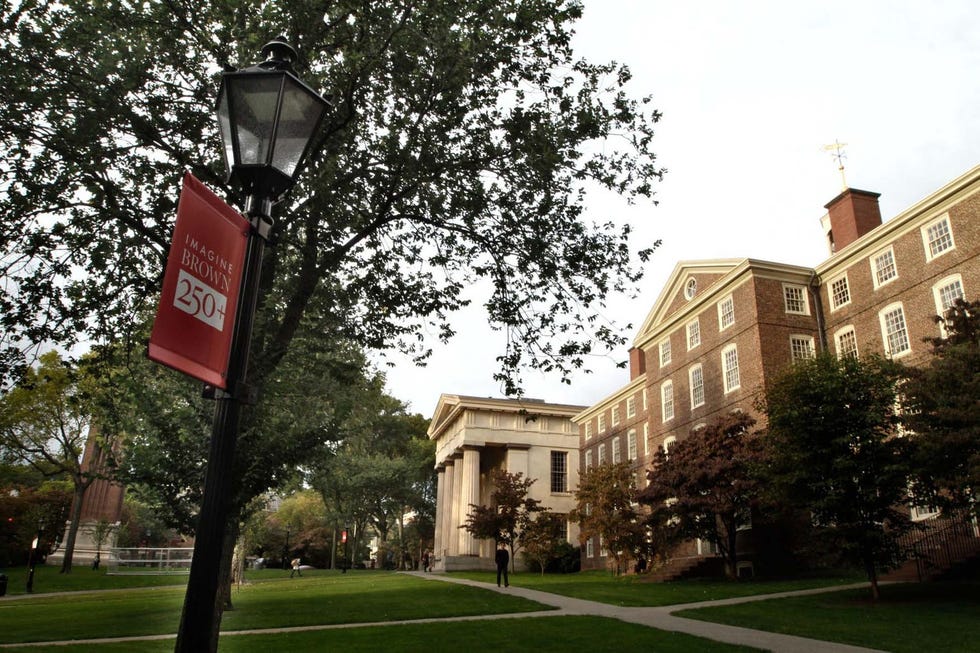Reflecting on the tenets that shape our educational practices is fundamental for …
Rising College Tuition Costs: What’s Behind the Inflation?
Carlos Changemaker

As the deadline for college decision day approaches, many aspiring students are finalizing their choice of university. Along with this decision comes the enrollment deposit, one of the initial fees students will encounter during their educational journey.
Out of over 60,000 high school graduates, 64% are expected to pursue higher education in two- or four-year college programs. This path often leads to accumulating student loans, contributing to the current 43.5 million Americans burdened with educational debt.
Following the rejection of President Joe Biden’s plan to cancel student debt by the Supreme Court last year, a new proposal has emerged from the White House. This alternative plan aims to alleviate the debt of over four million borrowers, while providing $5,000 in relief to more than 10 million individuals.
Despite the uncertainty surrounding the effectiveness of this new proposal, the cost of college education has significantly soared compared to two decades ago. According to the Education Data Initiative, tuition and fees at public four-year institutions have surged by a staggering 179.2% over the past twenty years.
What are the current college tuition rates?
The average cost of an undergraduate degree ranges from $25,707 to over $218,000, depending on factors such as campus residency and the institution attended. This information is derived from the Education Data Initiative.
Recent data from the Education Department indicates a 14% increase in average tuition at private nonprofit universities over the past decade.

Visual Representation of College Cost Escalation
In 2023, a typical full-time student at a four-year college spent close to $31,000 on tuition fees, room, and board. This amount has more than doubled compared to the costs in the 1960s, adjusted for inflation to reflect values in 2022-2023 dollars.

Factors Contributing to Rising College Tuition
The escalating demand for higher education is met with diminishing government funding, as per Bankrate’s analysis.
Bankrate highlights key reasons behind the surge in tuition costs:
- Inflation and its impact on operational expenses, with a 3.5% increase reported between March 2023 and 2024 by the Bureau of Labor Statistics. The need to adapt salaries to the rising cost of living pushes universities to pay professors higher wages to maintain competitiveness.
- A reduction in state funding for higher education, as indicated by the National Education Association, leading to higher tuition fees. 37 states observed a 6% decline in state funding for education between 2020 and 2021 according to NEA’s findings.
- Increased expenditure on administrative services within colleges, with a 29% growth in student service spending and a 19% rise in administrative spending from 2010 to 2018, as per a 2021 study.
Some institutions are already projecting the estimated cost of attendance for the upcoming 2024-2025 academic year to be close to $100,000.



